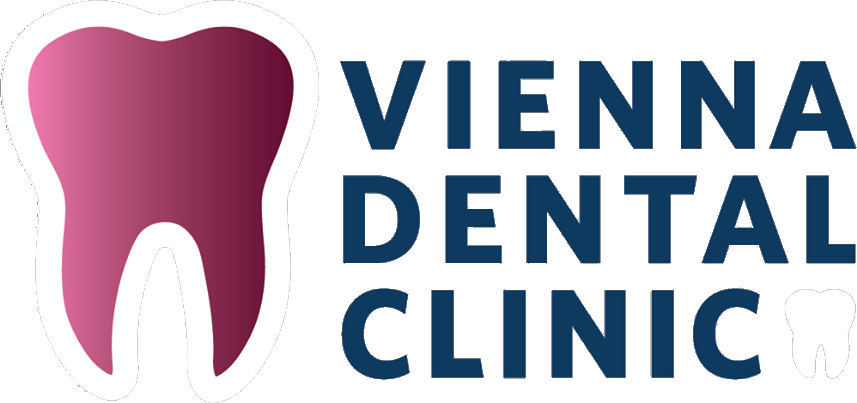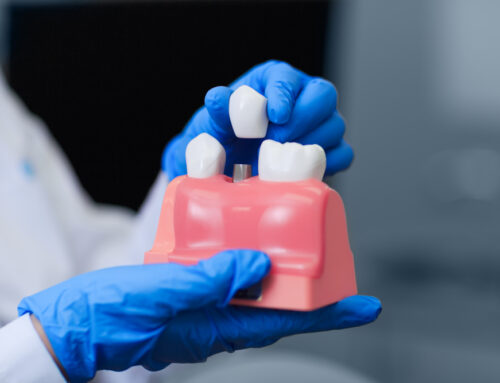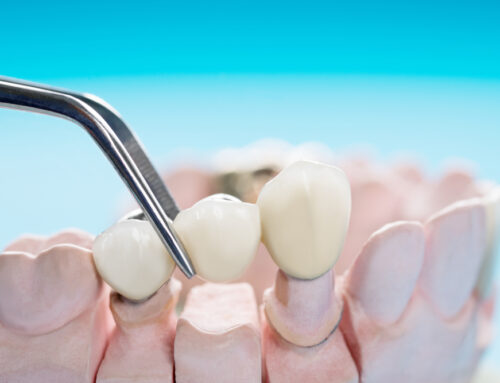Introduction
The dental filling process is necessary to restore a tooth that has been damaged or missing. The dentist will use various materials to replace the missing tooth and restore its structural integrity.
The dentist will remove the damaged or missing tooth to begin the dental filling process. This can be done using various techniques, including a dental drill or a saw.
Once the tooth has been removed, the dentist will prepare the area for the dental filling. In this post, we’ll learn the difference between the Filling, Inlay, Onlay, and Crown.
What is the Difference between the Dental Filling and The Inlay?
There are two main dental fillings: the dental filling and the dental inlay. Dental fillings are placed inside the teeth and are made of various materials, including porcelain, metal, and plastic.
On the other hand, dental inlays are placed on the outside of the tooth and are made of various materials, including gold, silver, and ceramic. There are a few advantages to using dental fillings over dental inlays. Most importantly, dental fillings are removable and can be replaced if they become damaged or lost.
On the other hand, dental inlays are not removable and may need to be replaced if they become damaged or lost. Dental fillings are usually less expensive than dental inlays and may last longer due to their removable nature.
What is the Difference between the Onlays and the Dental Crowns?
There are two types of dental restorations: Onlays and dental crowns. Onlays are a type of restoration that is inserted into the tooth. Dental crowns are a type of restoration placed on top of the tooth.
Onlays are less expensive than dental crowns, but they have fewer benefits. Dental Onlays are less durable than dental crowns and may need to be replaced more often. Dental Onlays also cannot be restored if they are broken or stolen.
Dental crowns are more expensive than dental Onlays, but they are more durable and can be restored if broken or stolen.
When considering dental restoration, it is essential to understand the difference between Onlays and dental crowns.
Dental Onlays are less expensive, but they have fewer benefits. Dental crowns are more expensive, but they are more durable and can be restored if broken.
Are Inlays Better Than Fillings?
There is no right or wrong answer regarding dental inlays and fillings. The best way to decide which option is right for you is to speak with your dentist about your options. Each person’s mouth is unique, so your dentist will be able to recommend the best option for you.
Inlays are a more permanent solution than fillings. They are made from a more durable material than fillings and can last up to 10 years. Inlays are also less likely to require replacement than fillings.
Are Inlays and Onlays Covered by Insurance?
One of the many questions many people have is whether inlays and Onlays are covered by insurance. In short, the answer is that it depends on your specific policy.
Generally speaking, inlays and Onlays are not typically covered by health insurance policies but may be covered by specific life insurance policies. Talking with a professional about your particular approach is essential to ensure that you are fully protected.
Conclusion
Crowns are a type of inlay used to replace a tooth that has been damaged or missing. They are made from various materials, including metal, plastic, and composite. They are a type of inlay used to replace a tooth that has been damaged or missing.
Numerous dental specialists believe them to be incredible options in contrast to fillings, crowns, and other dental rebuilding options. Thank You!




